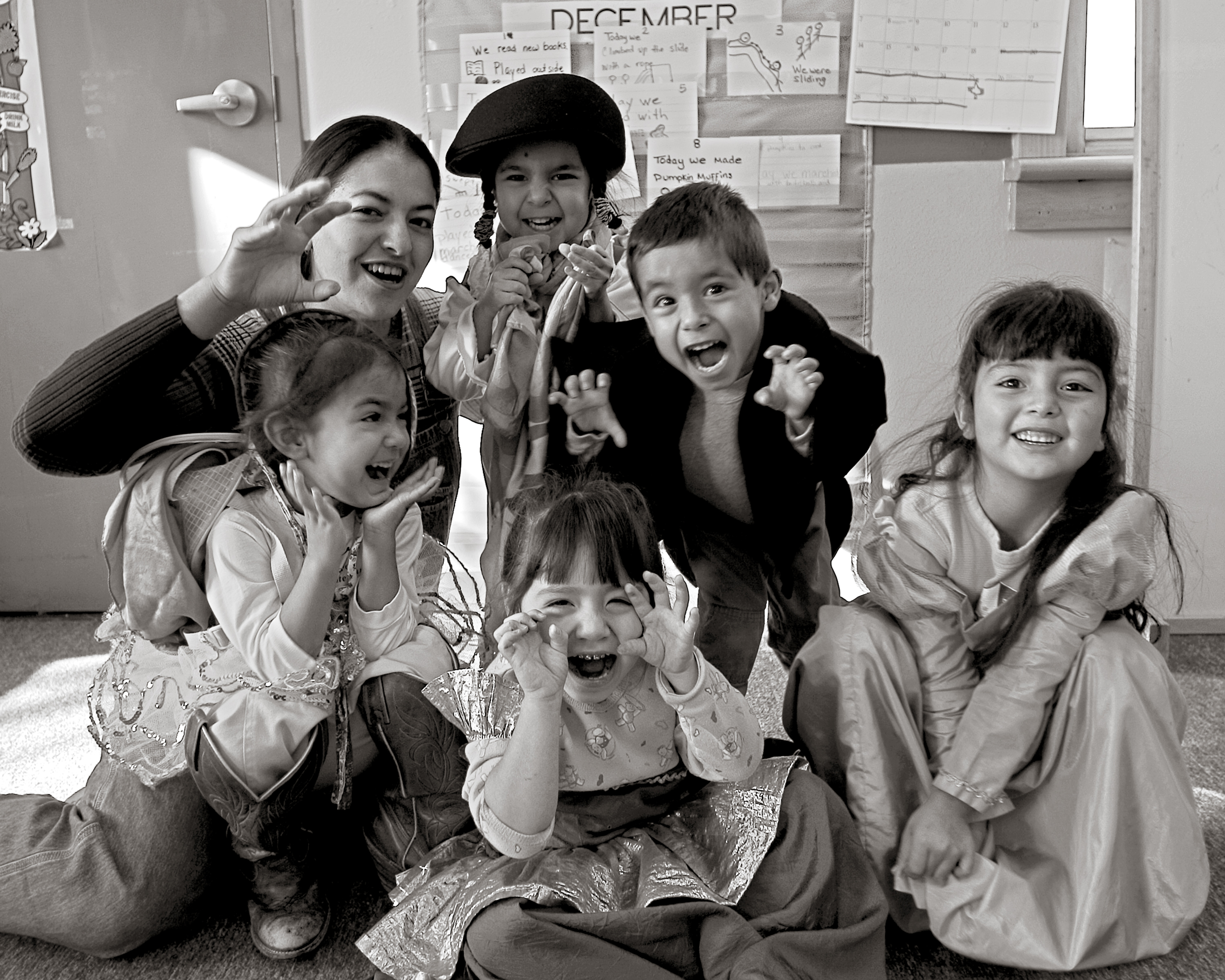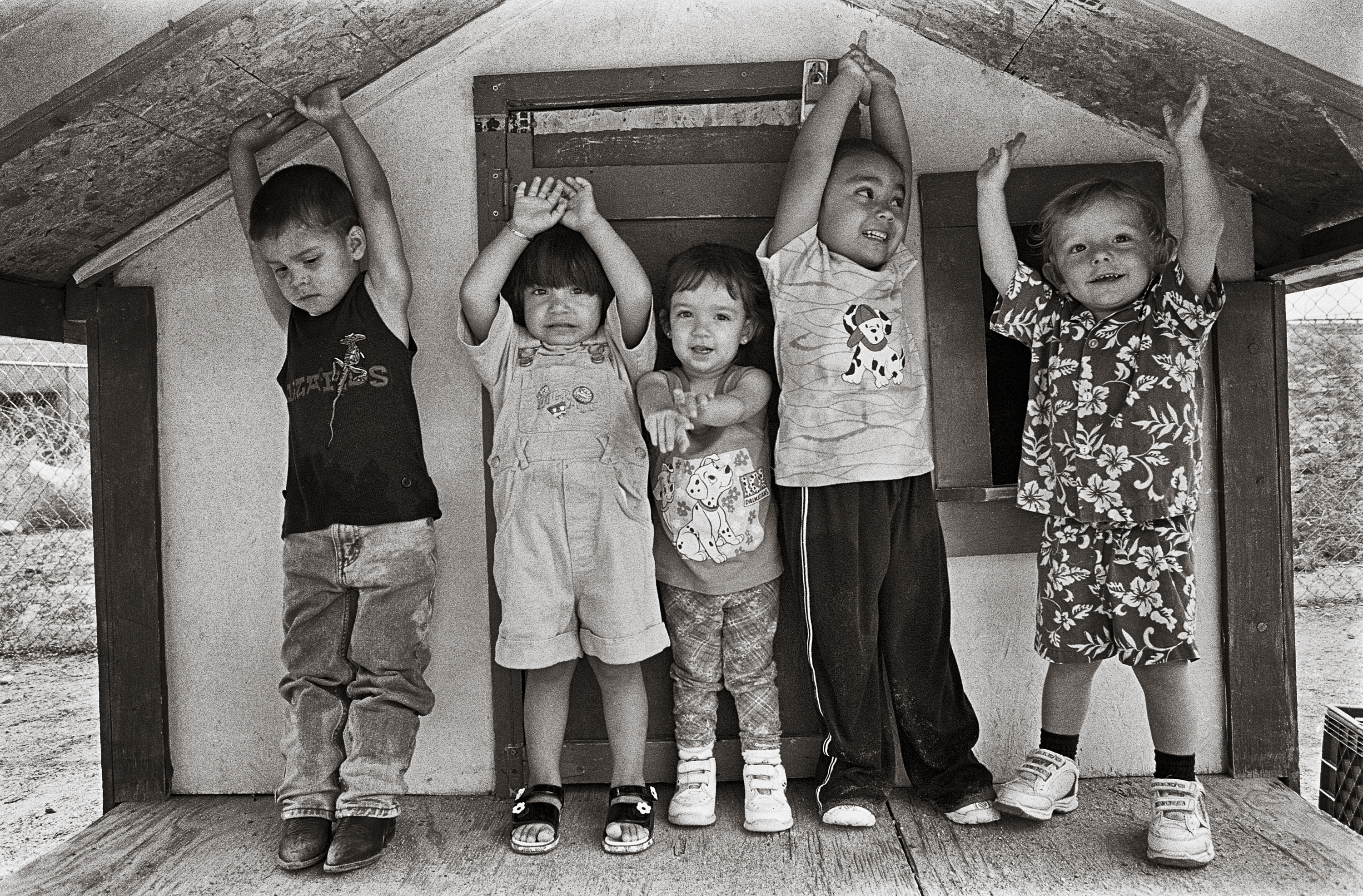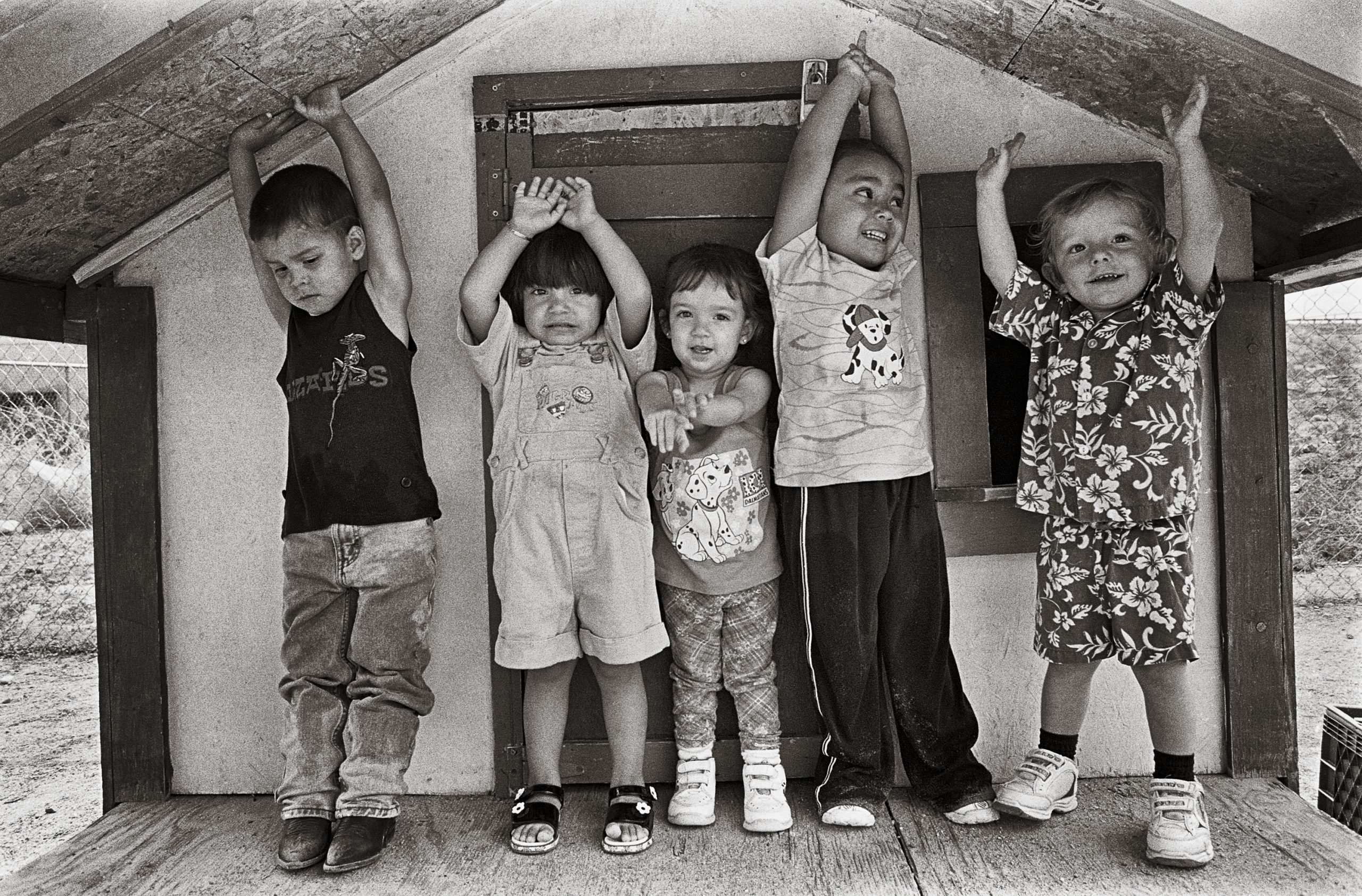Editor’s note: This article was first published on Searchlight New Mexico and has been republished with their permission. Minor style changes were made with permission.
Over the last two decades, New Mexico has turned its pockets inside out to keep old businesses from leaving and attract new ones to open their doors.
It cut the capital gains tax, letting corporate interests retain more of their profits. It slashed the personal income tax for top earners by almost half, allowing the wealthy to hold onto more of their earnings. It chipped away at the gross receipts tax, so consumers could save money on their purchases.
And every year it gave away more than $250 million in incentives, rebates, grants and loans — all with the intent of luring new business to the state and growing the economy.
But when it comes to return on investment — be it in New Mexico or anywhere else — many economists maintain there’s a different kind of start-up, one that has a much surer payoff: kids.
“Think of a firm coming into New Mexico,” said James Peach, a New Mexico State University economist with an interest in workforce readiness. “They want good schools for the kids of their employees. They also want good schools because good schools eventually produce good workers. It’s not all about the tax rate.”
There is emerging consensus around the country and the world that economic development and early childhood education go hand in hand. And nowhere is the relationship between child well-being and economic well-being more apparent than here in New Mexico, where poverty and a troubled education system are blamed for economic morass.
“If you ask me what relevance an underperforming education system has on our economic development and ability to attract and grow companies, the answer is everything,” said Terri Cole, president of the Greater Albuquerque Chamber of Commerce.
Cole and her group have advocated for education reform for the past 20 years, and she said the perspective of local businessmen and businesswomen has evolved, largely as a result of frustrations around workforce quality.
“I can tell you that the first five to seven years of our work, there was not a clear understanding of the relationship between our low-performing education system and economic development,” Cole said. “But it certainly exists today.”
Ask local business leaders about the effect of child poverty on the state economy and the response, almost invariably, is: “Have you heard of James Heckman?”

The reference is to the Nobel laureate economist at the University of Chicago, whose research over the past 30 years has zeroed in on the link between early childhood development and economic well-being.
His conclusion, known as the Heckman Equation, found a 13 percent annual return on investment for comprehensive, high-quality, full-day early childhood education.
His analysis of children who experienced that kind of early education showed they had better outcomes as measured by health, income, IQ, schooling and crime. The mothers’ incomes increased as well, since they were able to depend on high-quality childcare after they returned to work. The Heckman Equation has been corroborated many times, most recently by the Center for American Progress, a nonpartisan policy institute based in Washington, D.C. In 2017, it reported the U.S. would see a net benefit of $83.3 billion for every year of high-quality preschool for 4-year-olds. Some studies have found a $17 return on every dollar invested.
Studies in New Mexico have found a $4.60 return on investment for every dollar invested in preschool education. The return is significantly less than the national figure due to a lack of full-day, high-quality programs in the state.
Many of the benefits accrue to the education system itself, with reductions to special education and children being held back a grade. New Mexico has one of the highest rates of grade retention in the country, and research has shown that being held back can negatively impact a child’s self-esteem. At a cost of $5,000 per child, it is also expensive for the state, according to a report by the Legislative Finance Committee.
Most of the monetary benefits can’t be measured in a year’s time. The rates of return for longitudinal early childhood education studies compare favorably with the U.S. stock market, according to a 2006 report.
“We know of the positive return on investment to such programs yet we haven’t invested at the necessary rate to support children and families and our state’s economic vitality,” said Claire Dudley Chavez, executive vice president for policy and stakeholder engagement for the New Mexico Early Childhood Development Partnership.
It is a bottom-line reality, and business leaders around the U.S. are well aware of it.
Yet despite their awareness, the growth of childhood initiatives has continued to lag. In New Mexico, it has taken a particular toll on workforce readiness.
Intel, the state’s largest private employer, is widely rumored to have problems meeting its local labor force requirements. (The company declined to speak with Searchlight about the problem.)

When Amazon announced it has narrowed the choices for its second headquarters — a construction bonanza worth more than $5 billion — neither of the two bids from New Mexico (Albuquerque and Dona Ana County) made the cut. Peach, the economist at NMSU, saw that one coming months earlier: “We’re not going to get that,” he’d scoffed at the time. “And one of the big issues is workforce readiness. They’re talking 50,000 employees — high-wage people who have to be highly educated. They’ve listed their criteria.”
Small-business owners struggle daily to find and keep reliable employees. Earlene Durand, the owner of Earlene’s Public House Café, recently told The Taos News that she had hired and lost 109 employees over the past two-and-a-half years; they either came to work late or didn’t show up at all.
“The thing we constantly hear as we travel around the state is about the soft skills,” said Jason Espinoza, president of the Association of Commerce and Industry, a statewide advocacy group that represents 250 small and large businesses. “Teamwork. Showing up on time. Communication skills. Character development. Those are the skills employers are looking for.
“And where it starts is in the early years. We can’t wait ‘til they’re in college and send a business leader over there to give a speech about how it’s important to show up on time.”
Out-of-state migration is also of increasing concern in New Mexico. A recent study put the problem in stark terms. It reported migration was happening so fast that by 2030 the population of people 65 and older would double, making New Mexico the state with the fourth highest number of senior citizens.
Legislators and business leaders widely agree a problem exists. They just can’t agree on how to fix it. Katherine Freeman, president of the United Way of Santa Fe, said she is so grateful for the support of the local business community for early childhood intervention that she generally tries to avoid the elephant in the room.
“I think folks are interested in talking about it as long as it doesn’t involve a tax,” she said. “Anything that even smells like a tax.”
The tax cuts initiated by Gov. Bill Richardson have effectively stripped the state of its ability to provide education and other services to the people of New Mexico.
That is the opinion of Kelly O’Donnell, who served as director of state tax policy under Richardson in 2003-’04. In that role, she oversaw many of that administration’s tax rollbacks — decisions she today regards as ill advised.
“Those tax cuts profoundly impacted the state’s ability to pay for its own services that residents need — and in a lasting way,” said O’Donnell, now a research economist at University of New Mexico. “Even if the economy took off, we still couldn’t do what we need to do. We’re seeing the consequences of that playing out. I think a lot of people who care about children’s programs and education don’t make the link.”
Though New Mexico has invested deeply in early childhood programs — more than $350 million a year for 2017 and 2018 — it has barely moved the needle. According to the 2016 Kids Count Data Book from the Annie E. Casey Foundation, only 17 percent of New Mexico fourth-graders are proficient in reading and 22 percent of eighth-graders proficient in math.
Those figures compare unfavorably to the rest of the nation, which is itself lagging significantly behind other countries. Only 35 percent of American fourth graders are proficient in reading; 32 percent of eighth graders are proficient in math.
Despite New Mexico’s investment in early education, the financial commitment remains insufficient to meet the need. While 71,000 students are deemed eligible to participate in K3 Plus, a program that extends the school year by 25 instructional days, state funding provides for only 18,832 children. That’s a gap of 52,168 children who don’t get the education they need to be competitive.
“Early education has a lot of bipartisan support, but once you get down to brass tacks — how to pay for it — that’s when the wheels come off the bus,” O’Donnell said.
“You can’t do it for free, you have to raise taxes. And until we address that, we’re fooling ourselves if we just sing ‘Kumbaya’ and say early childhood education is a good thing.”
Sara Solovitch is project editor and acting executive editor for Searchlight New Mexico she can be contacted via twitter @SaraSolovitch.
